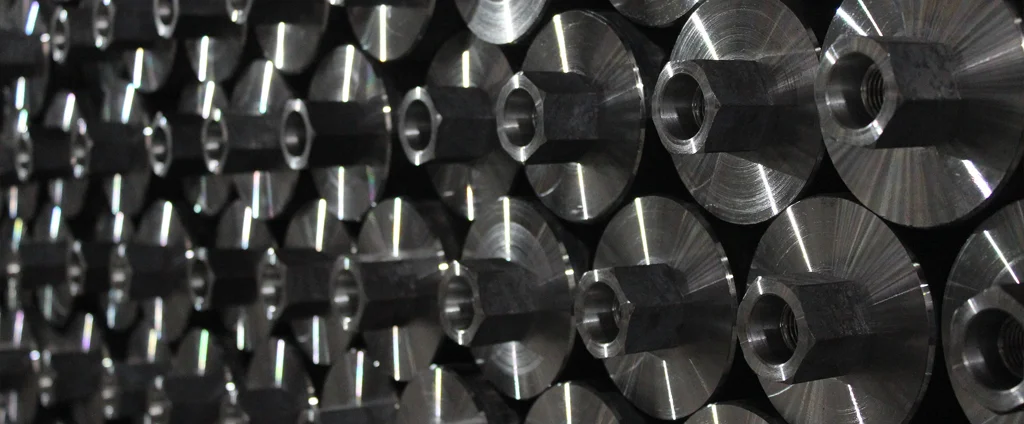SAE/AISI 1118 Carbon Steel (UNS G11180)

SAE/AISI 1118 Carbon Steel is a low-carbon, free-machining steel known for its excellent machinability. Commonly used in industries requiring precision parts, it is ideal for applications such as gears, screws, and structural components.
| Chemical Composition | ||
|---|---|---|
| Element | Min | Max |
| Iron | 98.03% | 98.48% |
| Carbon | 0.14% | 0.20% |
| Manganese | 1.30% | 1.60% |
| Phosphorous | —— | 0.04% |
| Sulfur | 0.80% | 0.13% |
The following table provides a list of SAE/AISI 1118 properties in both SI and US customary/Imperial units.
Click on the button to switch between Metric and Imperial units.
| Physical Properties | Metric |
|---|---|
| Density | 7850 kg/m3 |
| Mechanical Properties | Metric |
| Tensile Strength (Ultimate) | 525 MPa |
| Tensile Strength (Yield) | 315 MPa |
| Young’s Modulus (E) | 190 - 210 GPa |
| Bulk Modulus (K) | 140 GPa |
| Shear Modulus (G) | 80 GPa |
| Elongation at Break | 32% |
| Reduction of Area | 70% |
| Poisson’s Ratio (ν) | 0.27 - 0.30 |
| Brinell Hardness | 149 |
| Thermal Properties | Metric |
| Thermal Conductivity | 52 W/m·K |
| Specific Heat Capacity (Cp) | 470 J/kg·K |
| Coefficient of Thermal Expansion (αL) | 1.2×10-5 1/°C |
| Electrical Properties | Metric |
| Electrical Conductivity | 4.12×106 S/m |
| Electrical Resistivity | 2.43×10-7 Ω·m |
The values in this table are approximate and can vary depending on various factors such as the specific manufacturing process and heat treatment applied to the alloy.
Advantages & Disadvantages of 1118 Carbon Steel
| Advantages | Disadvantages |
|---|---|
| Good machinability | Low toughness |
| Resistant to corrosion | Susceptible to hydrogen embrittlement |
| Good ductility | Can be difficult to weld |
| Low cost |
Applications of 1118 Carbon Steel
SAE/AISI 1118 is utilized across various industries due to its machinability and strength. Common applications include:
- Screws: Used to make machine screws, lag screws, and wood screws for applications in furniture, construction, and automotive industries.
- Gears: Employed in manufacturing spur gears, helical gears, and bevel gears for use in cars, appliances, and machinery.
- Machined parts: Ideal for shafts, rods, and plates, commonly found in engines, turbines, and medical devices.
- Structural components: Used in beams, columns, and plates for construction in bridges, buildings, and ships.
- Springs: Manufactured into compression, extension, and torsion springs for use in cars, appliances, and machinery.
- Shock absorbers: Found in automotive and industrial shock absorbers, essential for absorbing shock and vibration in vehicles and machinery.
